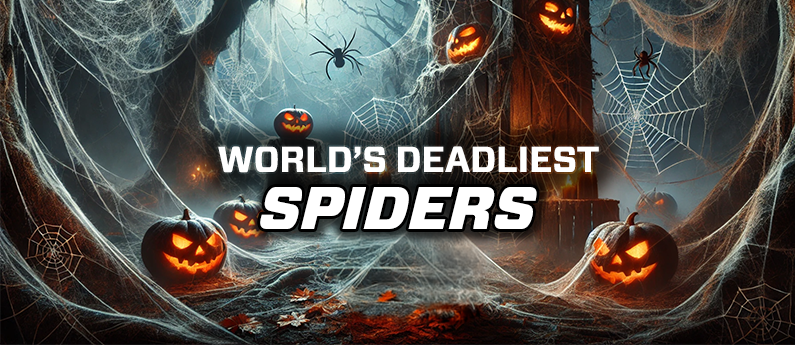If the mere thought of encountering a spider fills you with terror, it may be helpful to know that human fatalities from spider bites are exceedingly rare. In fact, most spiders are harmless to humans. Some species, however, pack venom potent enough to be dangerous, even deadly in the absence of medical treatment. Here’s a look at the five deadliest spiders in the world, ranked by the potential severity of their venom and the risk they pose to humans.
1. Sydney Funnel-Web Spider
Known For: Having fangs capable of piercing a human fingernail
Location: Australia, especially around Sydney
The Sydney Funnel-Web Spider is one of Australia’s many nature-dwelling death machines, infamous for its potent venom and proximity to populated areas. These spiders are known for their aggressive nature and are known to deliver multiple bites when threatened (just like my cat). A single bite can deliver enough venom to cause serious symptoms within minutes, including difficulty breathing, extreme sweating, and convulsions. The neurotoxins in their venom can affect the nervous system, leading to potential respiratory failure if not treated quickly.
Fun Fact: Between 1927 – 1979, only 14 deaths (about 1% of all recorded bites) were attributed to Funnel-Web Spiders. Zero deaths have been reported since the development of an antivenom in 1981.
2. Brazilian Wandering Spider
Known For: Aggression and powerful venom, fondness of produce
Location: South America, especially in the Amazon and Atlantic rainforests
Brazilian Wandering Spiders are often considered one of the most venomous spiders in the world. These spiders are nocturnal, wandering the forest floor at night in search of prey, though they occasionally wander into homes and even shoes. Their venom can cause severe muscle pain, breathing difficulties, and sometimes fatal respiratory paralysis if left untreated. The good news: of more than 7,000 recorded bites in humans, only 10 resulted in death, and only 2% were severe enough to require medical treatment with antivenom.
“Fun” Fact: This spider is also known as the "banana spider" because it often hides in banana leaves, which can lead to accidental human encounters.
3. Brown Recluse Spider
Known For: Necrotic venom that destroys tissue
Location: United States, especially in the southern and midwestern regions
The Brown Recluse Spider, with its characteristic violin-shaped marking on its back, injects a unique venom that can cause necrosis, meaning it destroys tissue around the bite. While a bite doesn’t always lead to severe reactions, for some individuals, it can result in painful, slow-healing ulcers and systemic symptoms, like fever and muscle pain. Rarely, complications can escalate, leading to severe infections and tissue death that requires medical intervention.
Fun Fact: Brown Recluse spiders sometimes play dead when they feel threatened.
4. Black Widow Spider
Known For: Neurotoxic venom causing "latrodectism"
Location: Worldwide, with higher populations in North America, Europe, Australia, and Africa
Black Widows are easily recognizable by their shiny black bodies and the red hourglass mark on their abdomen. While their bites are rarely fatal, the venom can cause a condition known as latrodectism, characterized by muscle cramps, intense pain, and muscle spasms. Though medical treatment is sometimes necessary, fatalities from Black Widow bites are extremely rare, especially in healthy adults—for example, among 23,409 documented black widow bites between 2000 – 2008, zero resulted in death.
Fun Fact: Female Black Widows are known for their habit of occasionally eating their mates after reproduction, which is how they got their name.
5. Redback Spider
Known For: Close relative of the Black Widow with similar venom effects
Location: Australia and Southeast Asia
Redback Spiders are relatives of the Black Widow and share many of their traits, including the ability to inflict a painful bite with neurotoxic effects. A Redback bite can cause severe pain, sweating, muscle spasms, and in some cases, nausea and vomiting. Thanks to the availability of antivenom, no Redback Spider bite deaths have been recorded for decades. But these spiders can be dangerous, especially to children and the elderly.
Fun Fact: Country artist Slim Newton won the Golden Guitar award at the first Country Music Awards of Australia in 1973 for his hit single, “The Redback on the Toilet Seat.”
Safety Tips to Avoid Dangerous Spiders
Check before you touch: Shake out clothes, shoes, and blankets that have been left outside or in dark spaces.
Use Spider Traps: Spider traps like the RESCUE! Spider Trap can help keep spiders under control in your house, garage, shed, and other places they like to hang out.
Keep a clean environment: Spiders are less likely to inhabit clean, clutter-free spaces.
Wear gloves: When working in attics, basements, woodpiles, or gardens, gloves can reduce the risk of bites.
Seek immediate medical help: If you suspect that you’ve been bitten by one of these venomous spiders and develop worrying symptoms, see a medical professional as soon as possible to ensure proper treatment.
While most spiders are not a threat, being aware of these dangerous species and taking simple precautions can go a long way to help you and your loved ones stay safe.


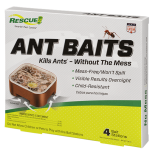 Ant Baits
Ant Baits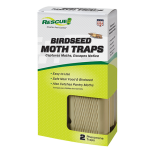 Birdseed Moth Trap
Birdseed Moth Trap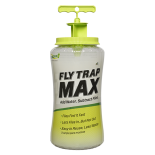 Fly Trap Max
Fly Trap Max Fly Trap, Big Bag
Fly Trap, Big Bag 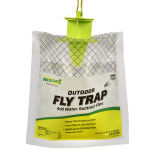 Fly Trap, Disposable
Fly Trap, Disposable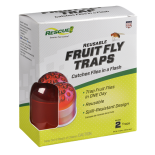 Fly Trap, Fruit Fly
Fly Trap, Fruit Fly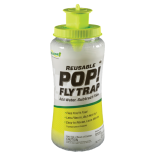 Fly Trap, POP! Fly
Fly Trap, POP! Fly 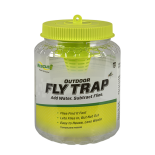 Fly Trap, Reusable
Fly Trap, Reusable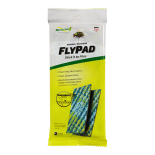 FlyPad
FlyPad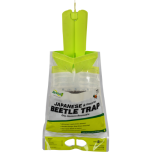 Japanese & Oriental Beetle Trap
Japanese & Oriental Beetle Trap Spider Trap
Spider Trap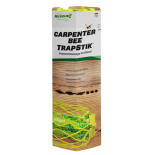 TrapStik, Carpenter Bee
TrapStik, Carpenter Bee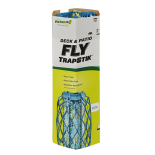 TrapStik, Deck & Patio Fly
TrapStik, Deck & Patio Fly 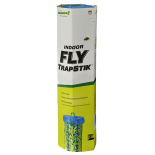 TrapStik, Indoor Fly
TrapStik, Indoor Fly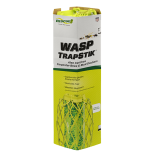 TrapStik, Wasp
TrapStik, Wasp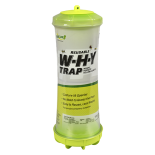 W·H·Y Trap for Wasps, Hornets & Yellowjackets
W·H·Y Trap for Wasps, Hornets & Yellowjackets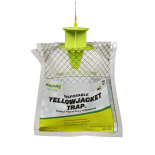 Yellowjacket Trap, Disposable
Yellowjacket Trap, Disposable 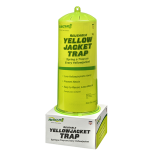 Yellowjacket Trap, Reusable
Yellowjacket Trap, Reusable 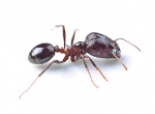 Ants
Ants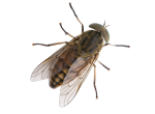 Biting Flies
Biting Flies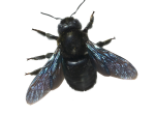 Carpenter Bees
Carpenter Bees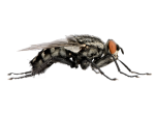 Flies
Flies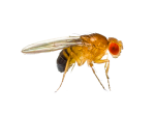 Fruit Flies
Fruit Flies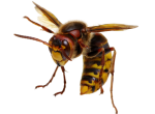 Hornets
Hornets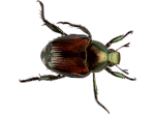 Japanese Beetles
Japanese Beetles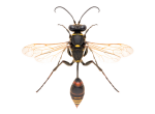 Mud Daubers
Mud Daubers Oriental Beetles
Oriental Beetles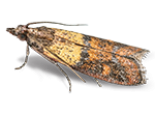 Birdseed & Pantry Moths
Birdseed & Pantry Moths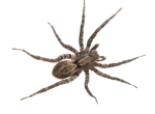 Spiders
Spiders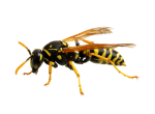 Wasps
Wasps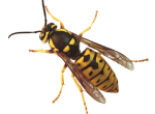 Yellowjackets
Yellowjackets